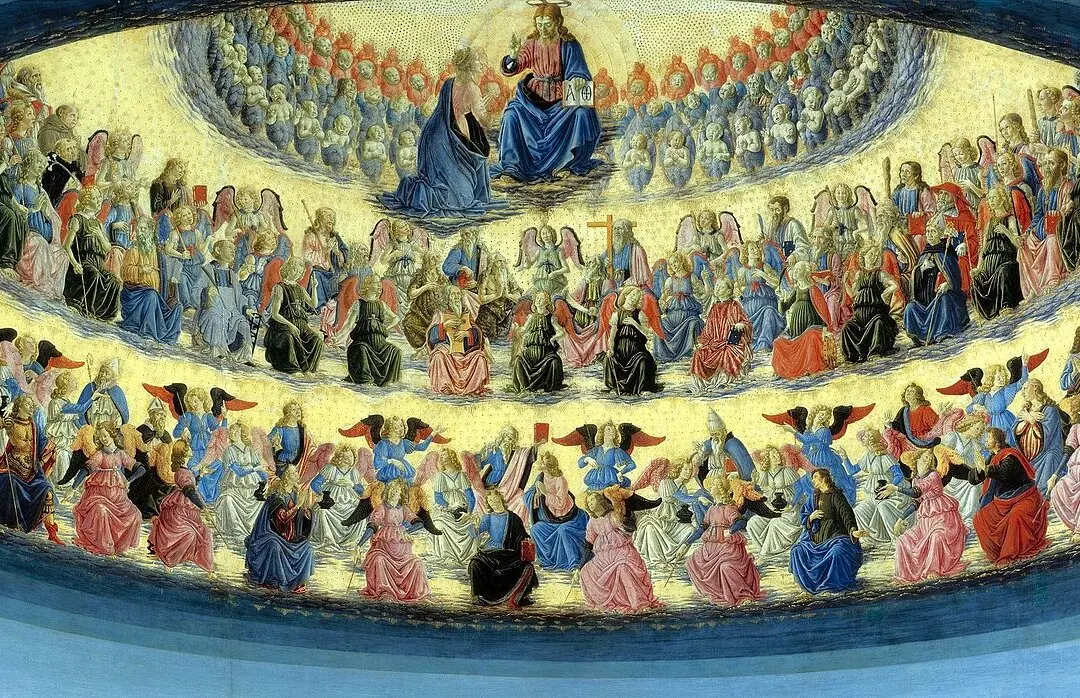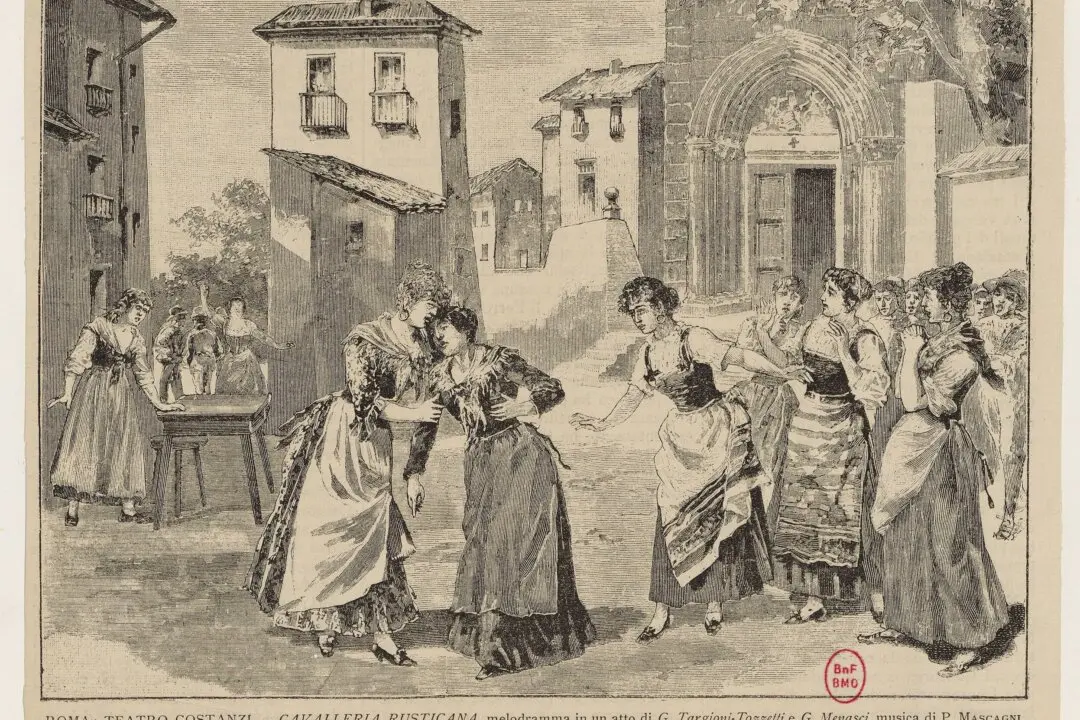Shakespeare’s “Romeo and Juliet” explodes with emotions. The passionate hatred of the Capulets for the Montagues and the Montagues for the Capulets is matched by the wildly passion love the title characters have for each other. The whole plot tilts toward inevitable tragedy, for, as Friar Laurence warns Romeo: “These violent delights have violent ends/ And in their triumph die, like fire and powder/ Which as they kiss consume.”
What better subject to serve as the model for a colorful, dynamic, over-the-top piece of majestically Romantic music? The “Romeo and Juliet” Fantasy Overture by Pytor Ilyich Tchaikovsky (1840–1893) is a perfect picture of 19th-century musical excess. Not that excess is a bad thing here—quite the opposite. Music of the 18th century proceeded by similarity, one theme resembling the next, adding up to a likely whole. But 19th-century music proceeded by contrast, with themes clashing like primary colors in a tumbling kaleidoscope.






